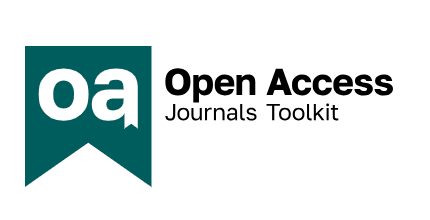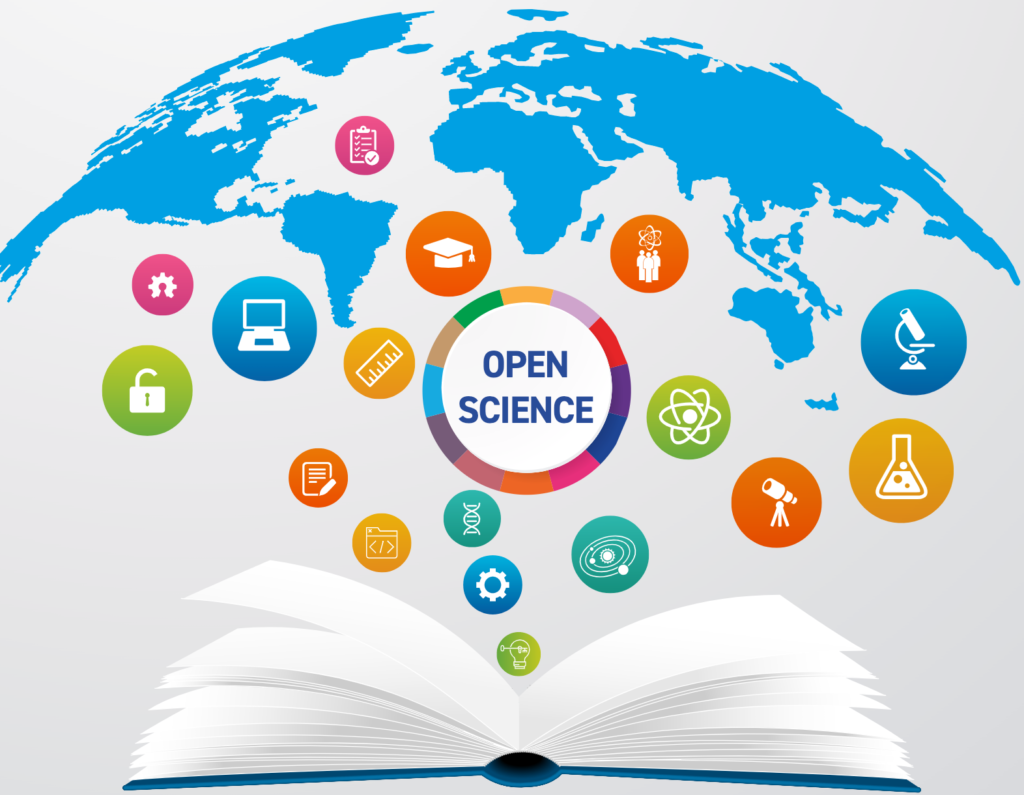In academia, we are taught to cite our sources, and this practice extends to building knowledge through research and development. Source citation is intended to legitimize our methods, analysis and conclusions, as well as to recognize the works of others. But what are we citing, and why?
Nancy K. Herther writes about The Increasingly Complex World of Citations: Changing Methods and Applications in two parts. In Part I, she reviews the history and purpose of citations – from reward to valuation and evaluation – of funding requests, publication and application of results. Citation analysis for these purposes began with articles and expanded to patents in the 1980’s. Other research outputs, such as data and software code, have become cited sources as information on the Internet has exploded. Citations and citation analysis have also become subjects of research, and questions remain about how they function.
Three major bibliographic databases provide indexing and discovery from which citations are cultivated, though each has different coverage and content:
- Dimensions – covers citations to publications, grants, patents, datasets and policy documents, creating a broader context of networked research information;
- Scopus – mostly peer-reviewed journals from 11,678 publishers in life sciences, social sciences, physical sciences and health sciences;
- Web of Science – basis for the original citation index, includes regional, disciplinary, data and patent citations.
Herther outlines some of the major, current issues with citations and areas for further research:
- Citation & retraction – a mixed history of noting citations of works that have been retracted;
- Citation mapping & future research agendas – mapping and visualization are promising new fields;
- Big data research – citation & co-citation analysis to examine the relatedness of core papers;
- Citation bias – questionable research? scientific misconduct? exclusion based on gender, geography, affiliation, etc.?;
- Linking productivity to creation of the “citation elite” – a contributor’s number of citations can skew times cited, especially in times of massive (Covid) research outputs;
- Examining the value of the H-index – changing authorship patterns point to value of fractional allocation measures.
Part I concludes with an interview with University of Notre Dame Philosopher Hannah Rubin about structural sources of citation gaps, feedback loops and persistent inequities.
In Part II, Herther interviews physicist, science historian and co-scientometrics founder Henry Small about changing trends in scientific citation. Small applauds the movement away from using citation and usage numbers as proxies for quality and hails the development of tools that build “citation context” to tell us why citations are used in particular circumstances.
One of these tools is scite, and Herther also interviews its founder, Josh Nicholson. Scite partners with 24 publishers to index 3 million+ articles and 1.5 billion citations. They discuss the role of burgeoning pre-prints and publication text analysis to determine the purpose of the citation – from “We could not reproduce this work” to “We find a smaller effect.” These interviews give us a sense of where citations have come from and how better analysis and research can serve more equitable and informed research communities going forward.


